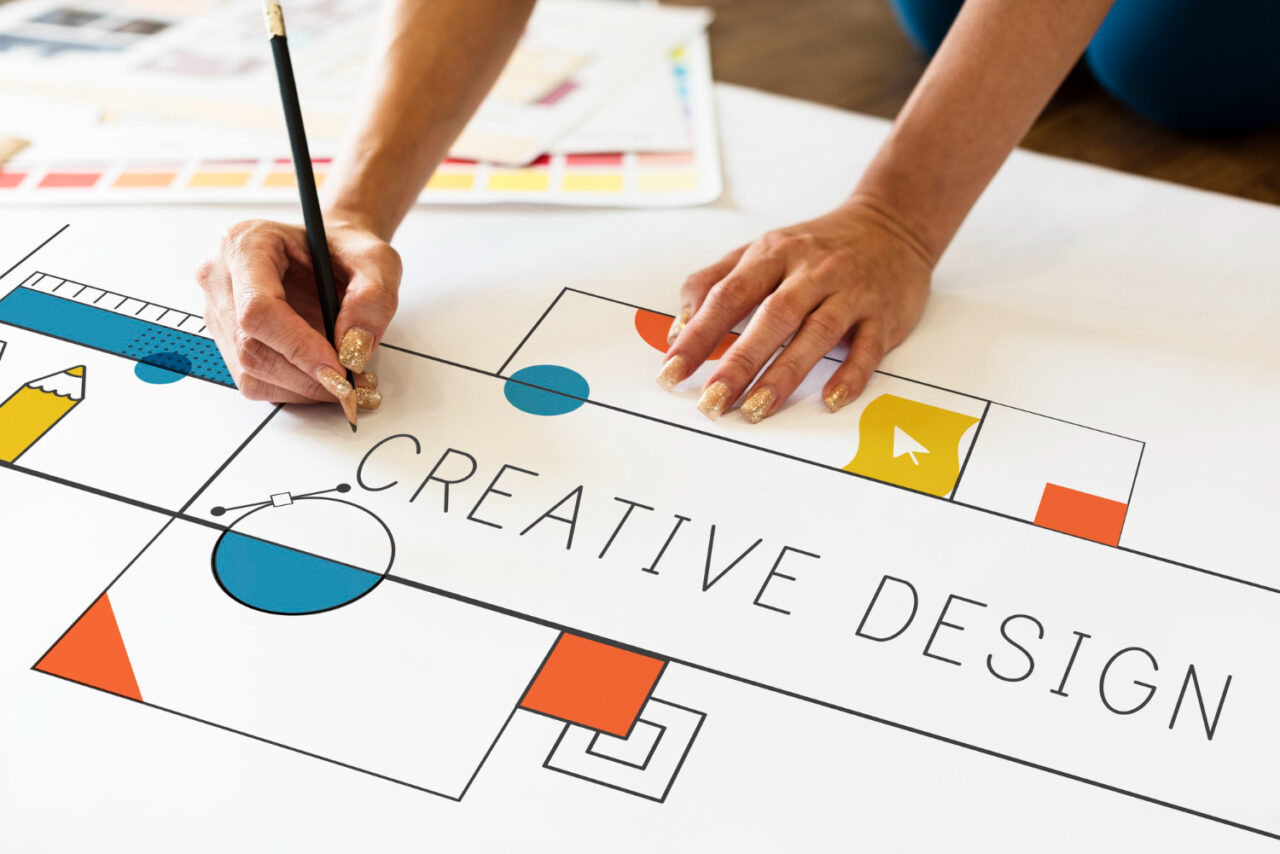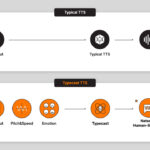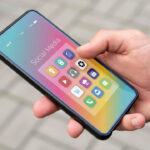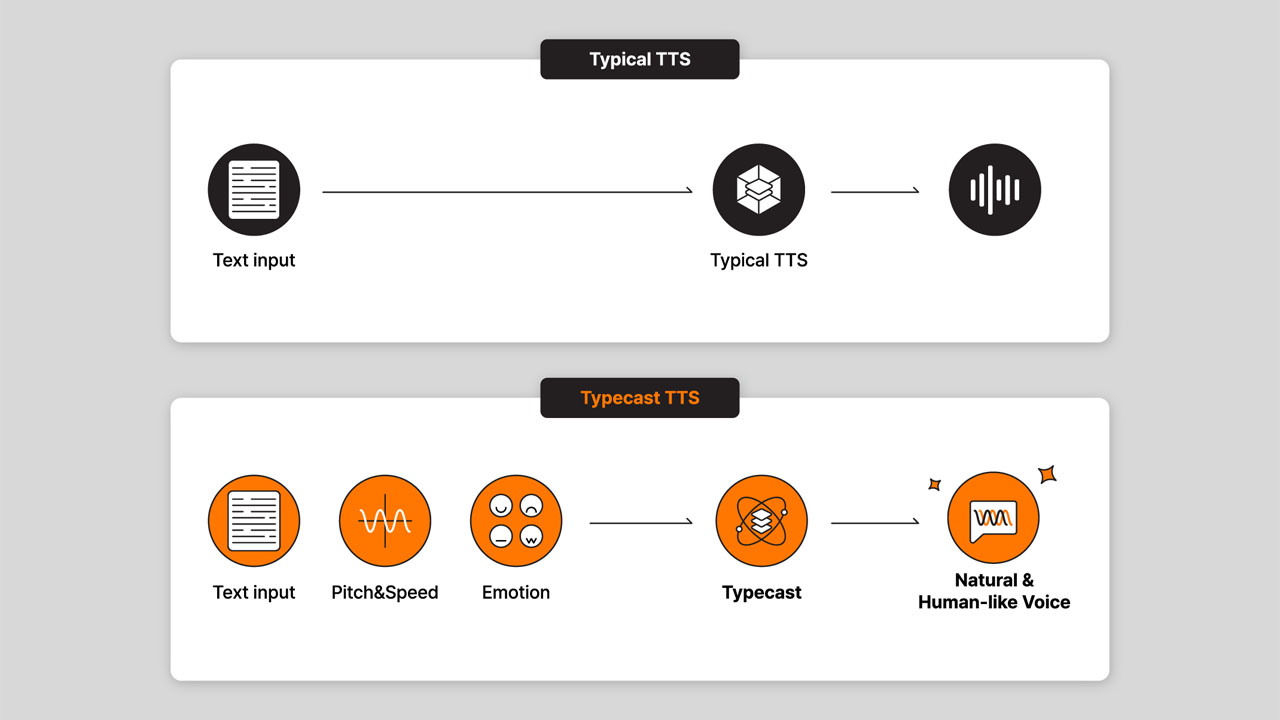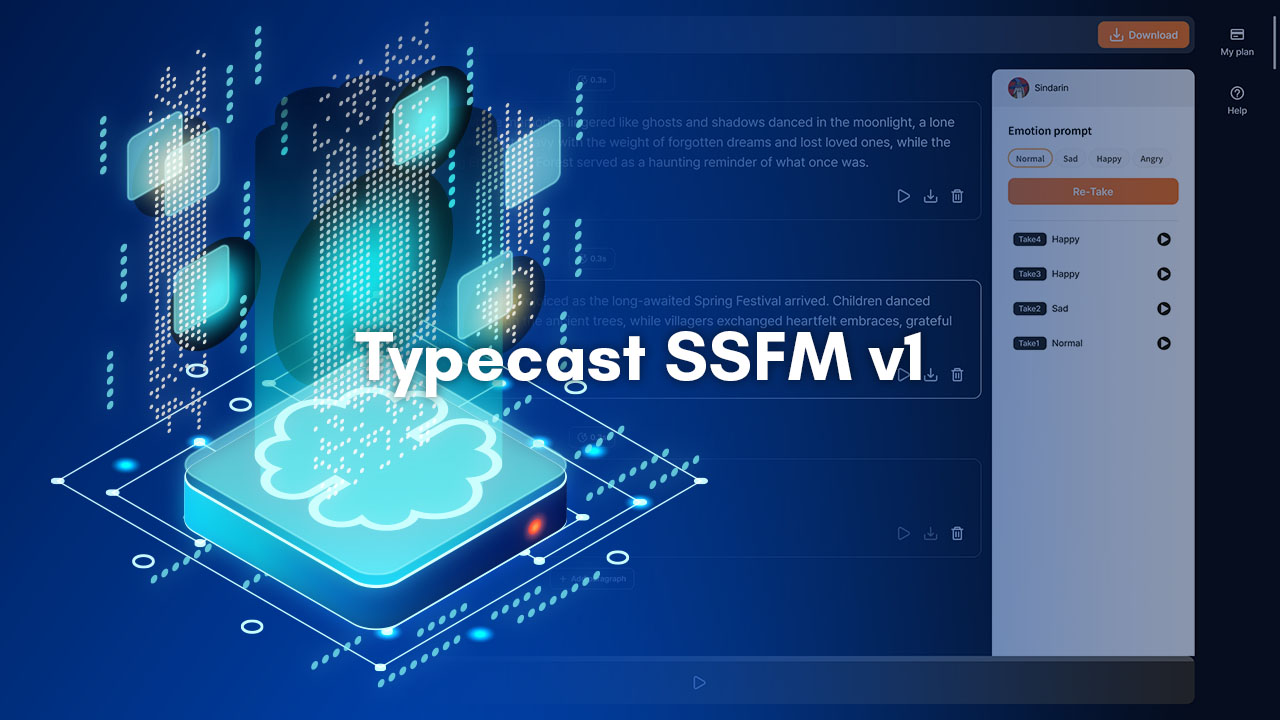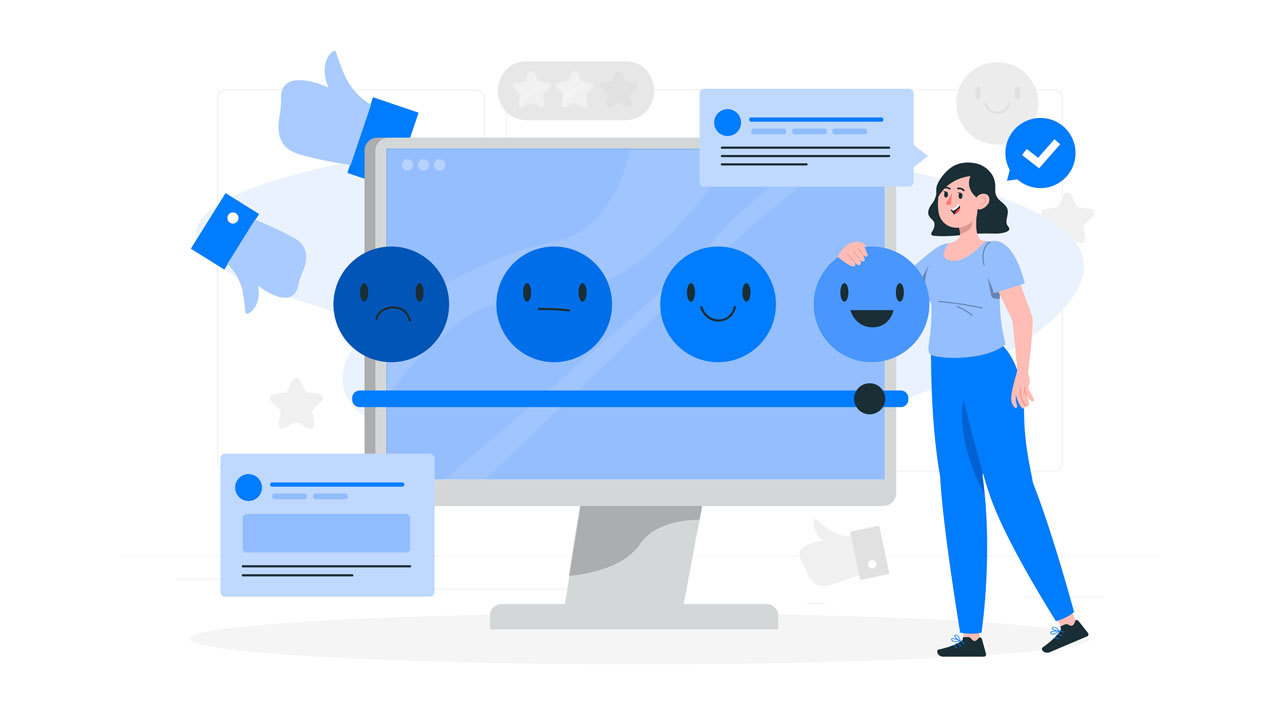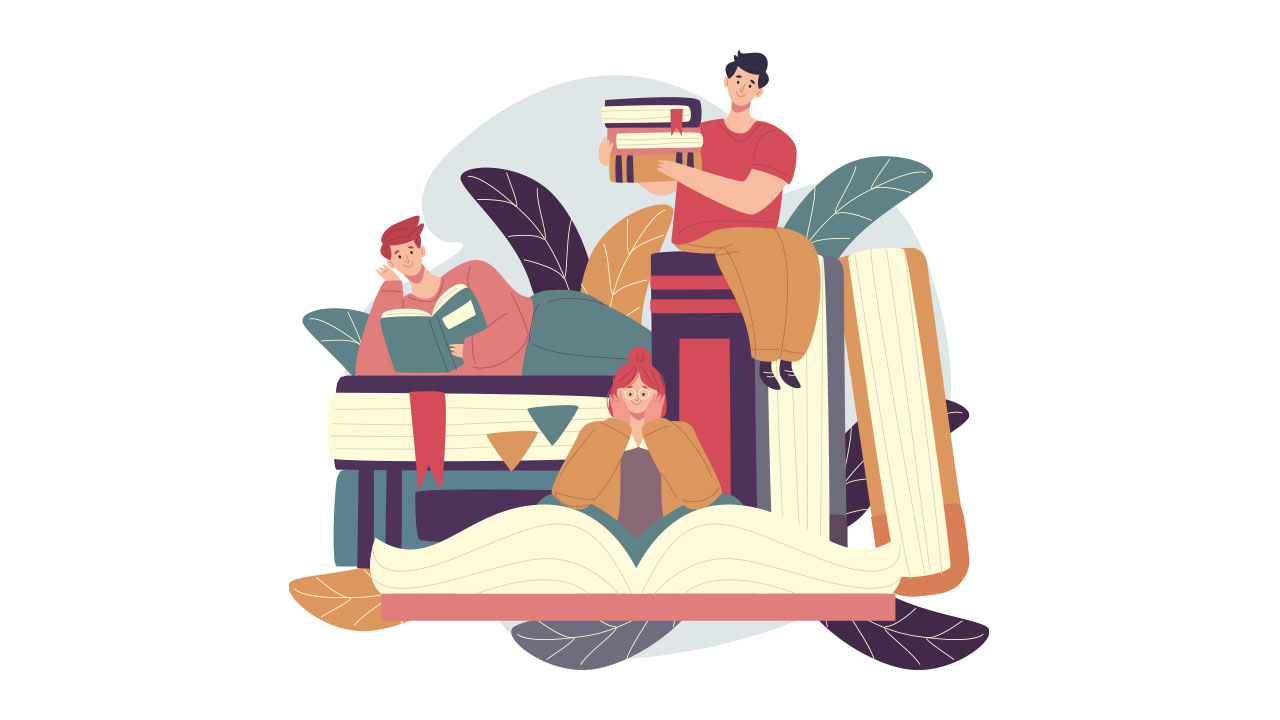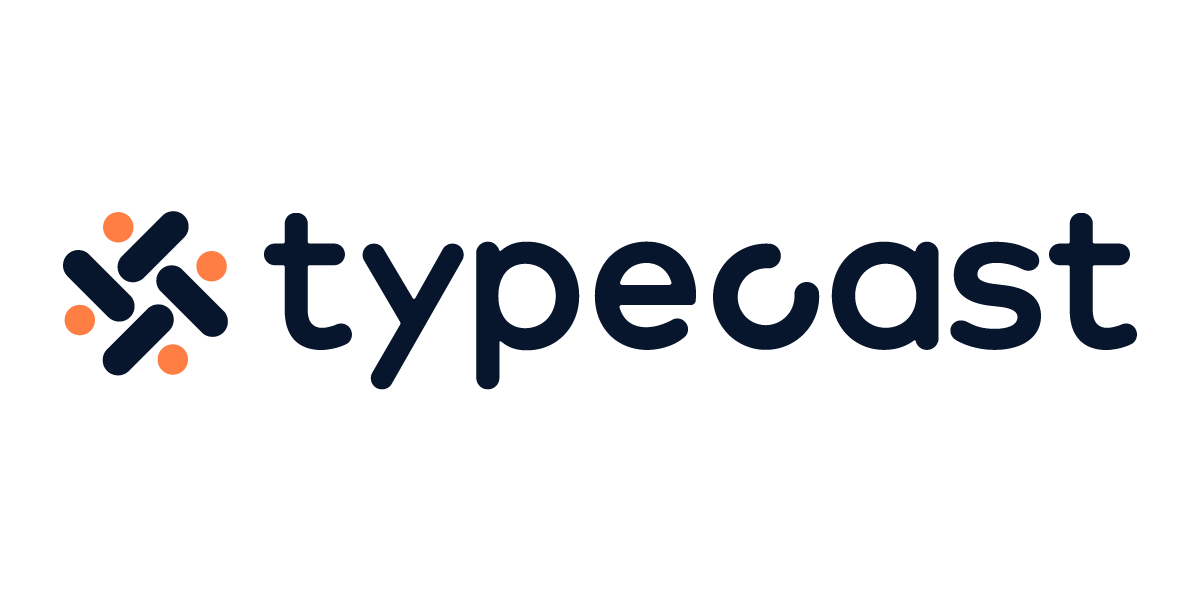Generative AI design is a technology that has taken the creative world by storm, offering designers, artists, and marketers a new way to approach their work. With generative AI, designers can create new designs, patterns, and concepts that have never been imagined. This technology is not only about automation, but about introducing new possibilities and opening up new avenues for creativity.
What is Generative AI Design?
Generative AI design refers to the use of artificial intelligence algorithms to generate new designs based on existing data sets or user inputs. These algorithms can be trained to mimic certain design styles, colors, or patterns, and can then be used to generate new designs that reflect these elements.
While there are a limited number of programs that could generate new designs, we will be able to see in the future how Generative AI could be used for design in different fields and industries.
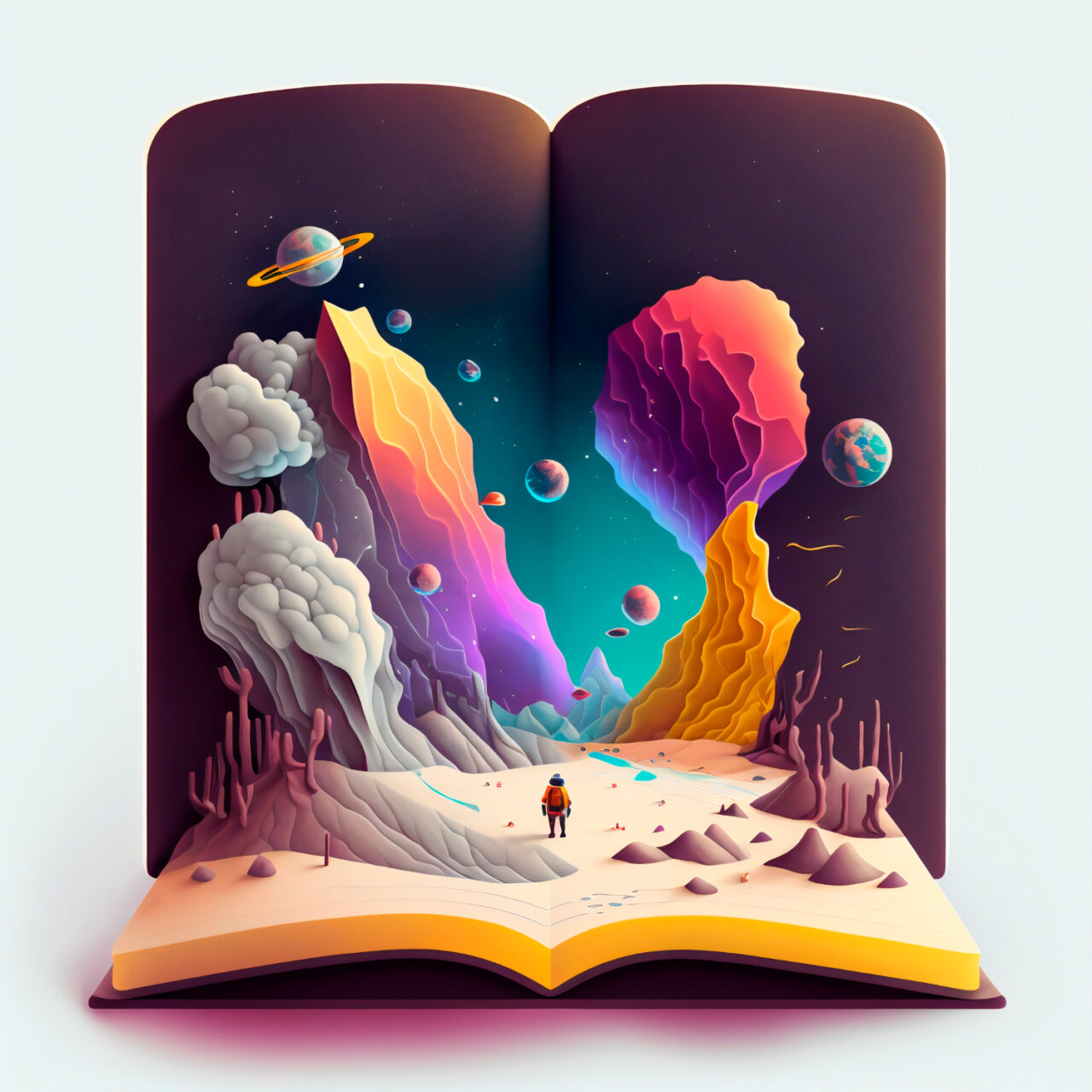
How can Generative AI be used to design Marketing Campaigns?
Generative AI can be used in marketing to automate the creation of designs for advertisements, logos, or websites. The algorithms can be trained to generate designs based on a specific brand’s style and colors, and can then be used to quickly create designs for new marketing campaigns. This allows marketers to focus more on strategy and less on design, saving time and increasing efficiency.
Generative AI can be used to design marketing campaigns in several ways:
- Automated Ad Creation: Generative AI algorithms can be trained on a brand’s design style, target audience, and marketing goals to automatically generate new ads, such as display banners or social media posts.
- Targeted Content: Generative AI can analyze audience data to determine what content is most likely to engage specific demographics and generate new content that is tailored to those audiences.
- Personalized Experiences: Generative AI can be used to create personalized marketing experiences for individual customers, such as custom landing pages or personalized product recommendations.
- A/B Testing: Generative AI can generate multiple variations of a single ad or marketing asset, allowing marketers to test different versions and determine which is most effective.
- Dynamic Content: Generative AI can be used to generate dynamic content that can be updated in real-time, such as weather-sensitive ads or location-based promotions.
By leveraging the power of generative AI, marketers can save time, increase efficiency, and create more effective and engaging marketing campaigns. The technology can be used to generate new ideas and concepts, as well as automate routine tasks, freeing up time for marketers to focus on more strategic aspects of their work.
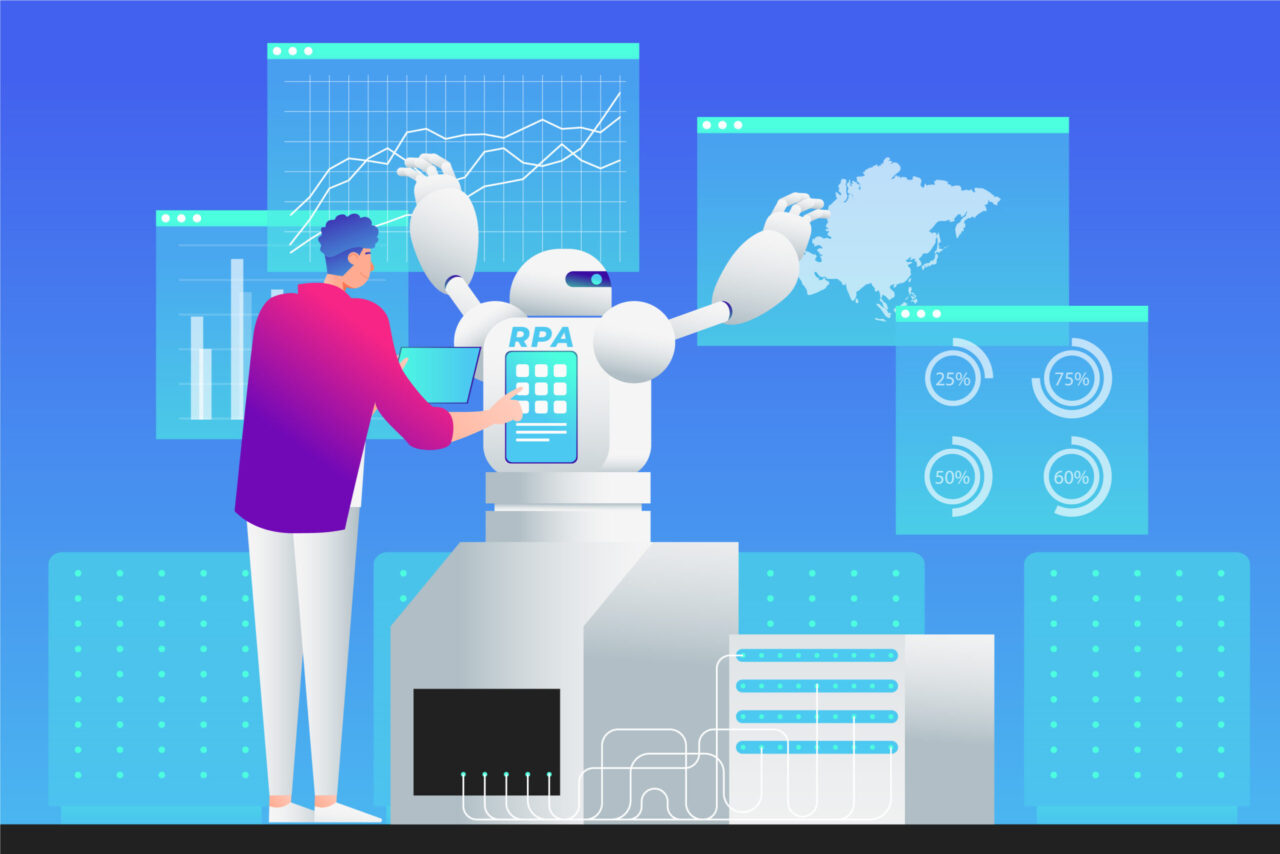
How can Generative AI be used to enhance interior design or architecture?
Generative AI can be used in interior design and architecture to generate new ideas for room layouts, furniture placement, and color schemes. The algorithms can be trained to generate designs based on specific styles, such as modern, minimalist, or rustic, and can then be used to quickly create new designs for homes or commercial spaces.
Generative AI can be used in interior design and architecture in several ways:
- Space Planning: AI algorithms can generate various design options for a given space by optimizing for various criteria like room dimensions, furniture arrangements, and traffic flow.
- Material & Color Selection: AI can recommend suitable materials and colors based on a client’s preferences, room specifications and interior style.
- Lighting Design: AI algorithms can optimize lighting layouts for a space, taking into account factors like orientation, ceiling height, and the intended ambiance.
- 3D Modeling: AI can generate 3D models of a design, including furniture, fixtures, and materials.
- Virtual Reality: AI can be used to generate virtual reality environments that allow clients to experience and visualize a proposed design.
- Energy Efficiency: AI can analyze a building’s energy usage and suggest changes that increase efficiency and reduce costs.
Overall, generative AI can streamline the design process, generate novel design options, and offer insights into various aspects of the design process.
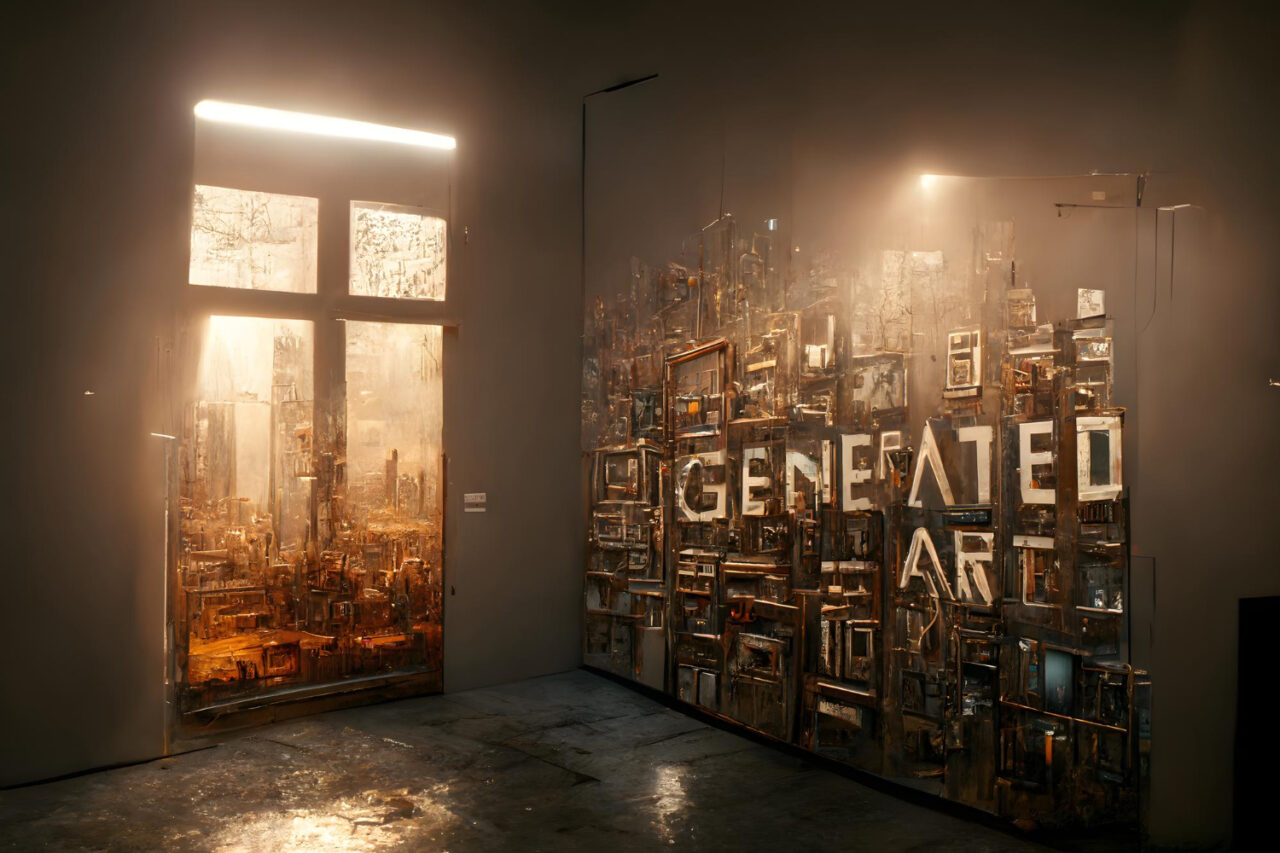
How can Generative AI be used to design fashion?
Generative AI can be used in fashion to generate new patterns, designs, and even entire outfits. The algorithms can be trained to generate designs based on specific styles, such as vintage, streetwear, or high fashion, and can then be used to quickly create new designs for clothing and accessories.
Generative AI can be used in fashion design in several ways:
- Pattern Generation: AI algorithms can generate unique patterns based on user inputs and design criteria.
- Material Selection: AI can recommend suitable fabrics and materials based on design specifications, such as color, texture, and durability.
- Outfit Recommendation: AI can generate outfit recommendations based on the user’s body measurements, style preferences, and occasion.
- Style Transfer: AI can transfer styles from one garment to another, allowing designers to experiment with different styles without creating new patterns.
- Trend Analysis: AI can analyze fashion trends and provide insights into consumer preferences and market trends.
- Virtual Try-On: AI can generate virtual models of garments and allow users to try on the clothing virtually.
Overall, generative AI can increase efficiency and creativity in the fashion design process and offer new experiences for consumers.
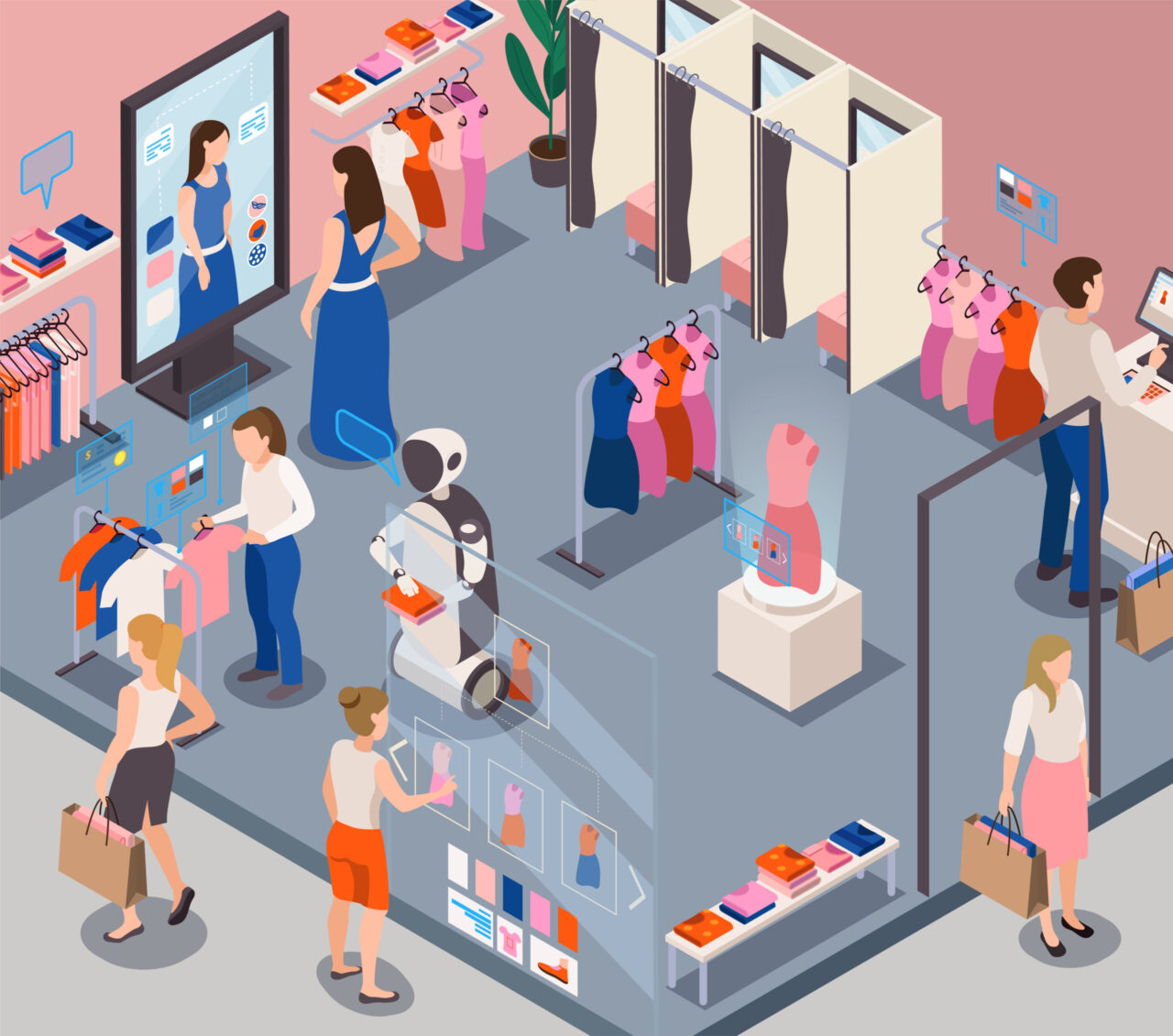
How can Generative AI be used to help designers?
Generative AI can help designers by automating many of the repetitive or time-consuming tasks involved in the design process. This allows designers to focus more on the creative aspects of their work and less on the technical details. Additionally, generative AI can be used to generate new ideas and concepts that designers might not have thought of on their own.
Generative AI can be used to help designers enhance their work in several ways:
- Inspiration & Concept Generation: AI algorithms can generate new ideas and concepts based on designer inputs, previous designs, and design trends.
- Pattern Generation: AI can generate unique patterns and textures that can be used in designs.
- Color Palette Generation: AI can suggest color palettes that complement a design, based on the designer’s preferences and design specifications.
- Style Transfer: AI can transfer styles from one design to another, allowing designers to experiment with different styles.
- Anomaly Detection: AI can detect anomalies in designs, such as inconsistencies in color or patterns, and suggest modifications.
- Virtual Reality: AI can generate virtual reality environments that allow designers to visualize and interact with their designs.
- Automated Grading: AI can automate the process of grading patterns for different sizes, reducing manual effort and improving accuracy.
Overall, generative AI can increase efficiency, creativity, and accuracy in the design process and offer new opportunities for designers to enhance their work.
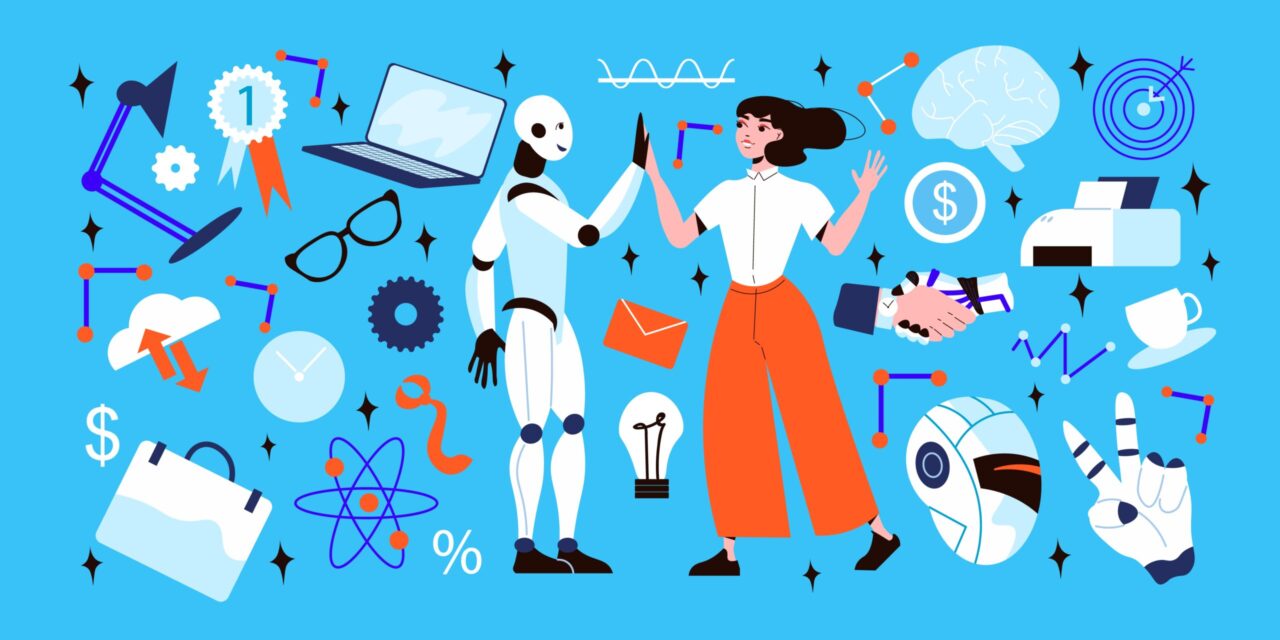
What is the best way which Designers can utilize Generative AI?
Designers can best utilize generative AI by understanding the strengths and limitations of the technology. It is important to remember that generative AI is a tool, not a replacement for human creativity.
Designers should use generative AI to generate new ideas and concepts, but should also continue to use their own judgment and creativity to refine and improve upon those designs.
In conclusion, Generative AI design is a technology that has the potential to revolutionize the creative world. It offers designers, artists, and marketers a new way to approach their work, by automating repetitive tasks and generating new ideas and concepts.
What are the limits of Generative AI in Design work?
While there are many perks to using generative AI for design work, there are several caveats that prevent it from being effective alone. AI can only be used as a tool to enhance creativity rather than completely producing pure creative work on its own. Which means it still requires someone who can helm the project, and who has a vision of what it is they want to produce.
It will still take a good designer to produce and provide a masterclass quality assurance process in order for the design to even be useable. Some of the major issues that come with Generative AI in design work would be.
- Lack of originality and creativity
- Bias and discrimination in generated results
- Limited understanding of context and purpose
- Dependence on training data
- Difficulty in controlling and fine-tuning the output
- Lack of transparency and interpretability
- Ethical and legal concerns around IP and ownership.
Final Thoughts on Generative AI Design
While the development of generative AI has opened a new Pandora’s box, similar to how the internet has revolutionized communication, it will still take people with a great amount of talent and creativity to develop and produce meaningful designs that can be applied in daily life.
Think of Generative AI as a tool to enhance design creativity, It cannot take the place of a human who is capable of inventing something magnificent like the wheel, but rather, it could help that human develop and build a much better quality wheel.


